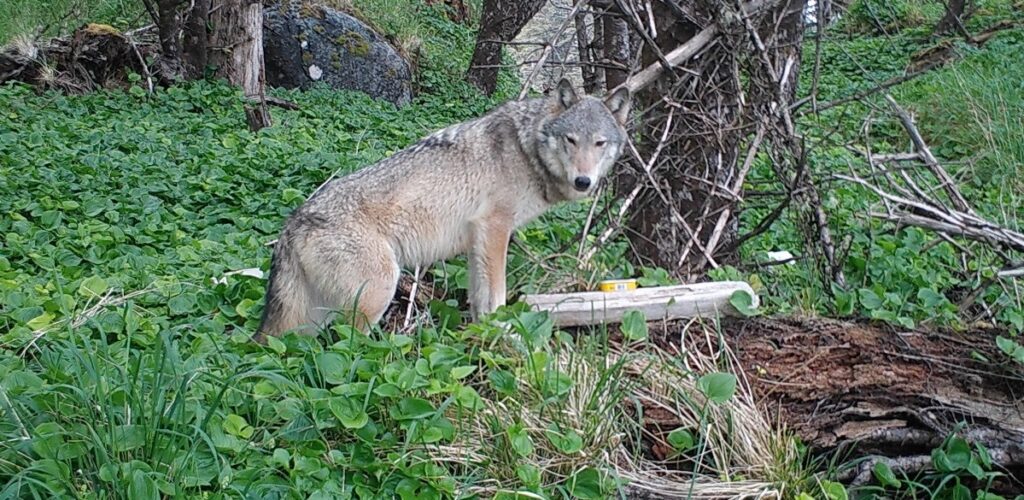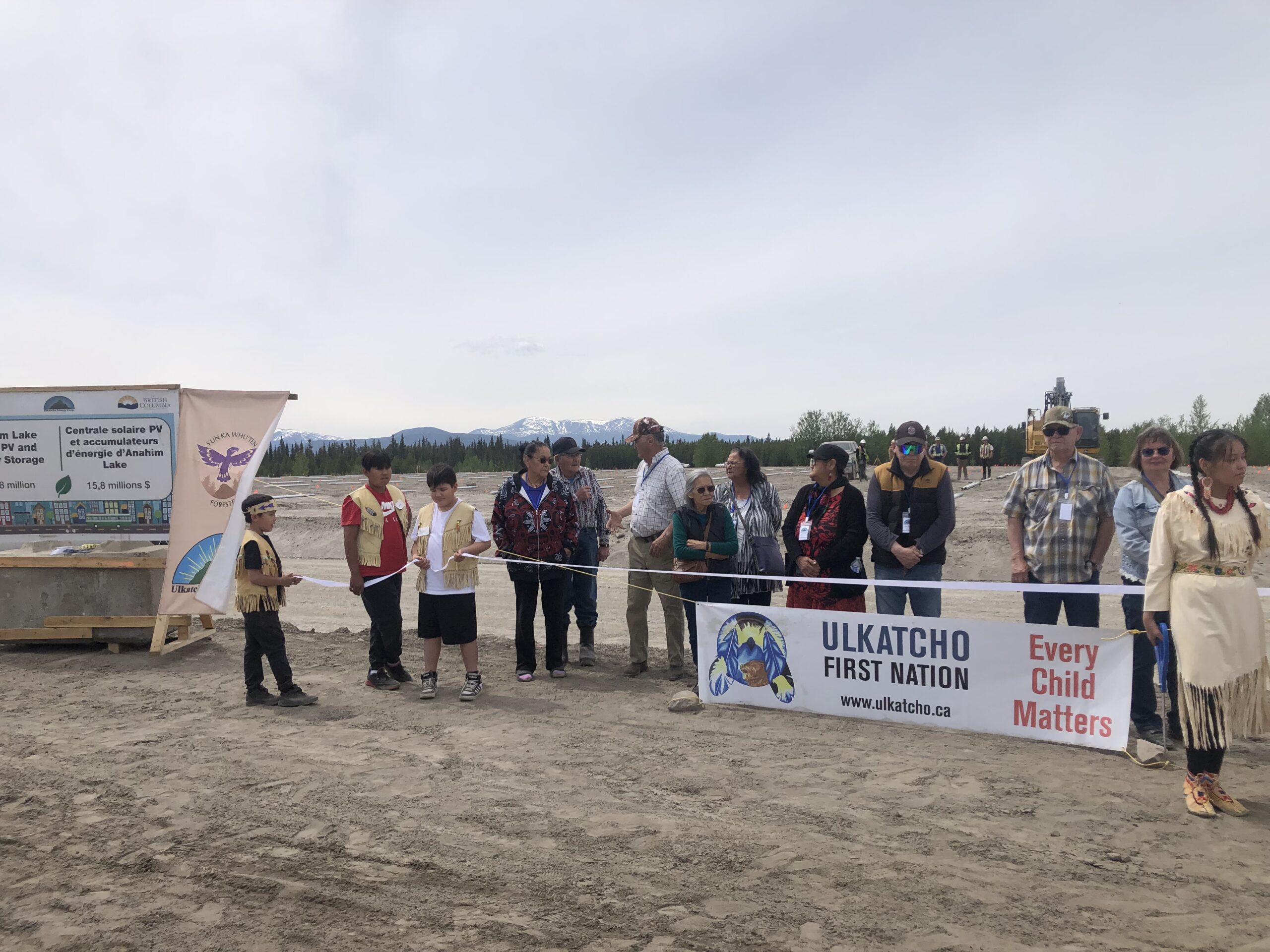The Pacific Coast is home to wide range of bird species—from bald eagles and ravens to rhinoceros auklets and endangered marbled murrelets. Over many thousands of years, these diverse species found niches along the coast’s rocky shorelines and intertidal estuaries.
Recognizing that many invasive land mammals, such as rats, raccoons and other nest-raiding species, have ravaged birds in other ecosystems, First Nations along the North and Central Coast and Haida Gwaii have been increasingly concerned about the health of coastal bird populations.
To find out if invasive species are negatively affecting birds in their territories, the Kitasoo-Xai’xais, Metlakatla and Wuikinuxv Nations partnered with Birds Canada—a national non-profit group focused on bird conservation—on a three-year research project to learn more.
“It was a natural partnership,” says David Bradley, Birds Canada’s BC director. “We wanted to survey important areas for birds in this region, and the Nations wanted to know if invasive mammal species were active there as well.”
The collaboration started in 2019 with a grant from the Aboriginal Fund for Species at Risk, through Environment and Climate Change Canada, and involved early training for Coastal Guardian Watchmen to carry out the survey work. It also followed on the heels of an earlier research effort from Birds Canada, the Council of the Haida Nation and others to assess and manage threats to seabirds from invasive rats and raccoons on Haida Gwaii.
In one part of the project on the North and Central Coast, Guardians and Birds Canada researchers set up five remote cameras on the remote western side of Moore Islands—a small archipelago in the Hecate Strait, about 60 kilometres northwest of Klemtu. The motion-sensing cameras took thousands of images over the research period, snapping useful shots not just of local bird species but larger land mammals too, including a river otter and coastal wolf.

Bradley says the good news is that the surveys didn’t show any issues with invasive species, and images from the project provide a good indication of how populations are faring in these areas, which will lead to more conversations down the road. It also spurred all communities, First Nations and others, to consider ways of preventing invasive species from being introduced here in the future.
“We’re always open to these kinds of collaborative research projects, especially if there are positive implications for stewardship,” says Vernon Brown, who helped lead the project for the Kitasoo/Xai’xais Stewardship Authority. “Some bird species were historically a big part of our diet, and they’re connected to our culture in many other ways. It’s important that we understand how current populations are doing.”
Brown says it was the first time he’d been to the west side of the Moore Islands, even though he’s visited the east side several times in the past. “The route is a bit tricky to navigate, but we’ve taken youth out there before,” he recalls. “These islands are rich in historical and cultural significance for First Nations, and many oral stories have been passed along referring the region.”
In addition to helping to set up and maintain the cameras, Brown had a chance to apply his plant and cultural identification skills while on the islands, and he found multiple examples of ancient canoe runs along the islands’ shoreline. “The region has a very different environment from the mainland, and was a refuge for people during glacial times,” he explains. “It has also been used as a port to wait out bad weather and waves before heading into deeper waters on the way to Haida Gwaii. From this stopover, people could observe incoming clouds and weather systems, and know when it was safe to head out to fishing grounds further on.”
Although the survey results did not reveal any current threats from invasive species, researchers from the Nations and elsewhere recognize there are many other threats facing coastal bird populations, including climate change and microplastics—often ingested by birds higher up the food chain.
Ultimately, this type of collaborative research is one important step toward ensuring coastal ecosystems remain healthy and intact for birds and all other species.

All images courtesy the Kitasoo Xai’xais First Nation and Birds Canada.


